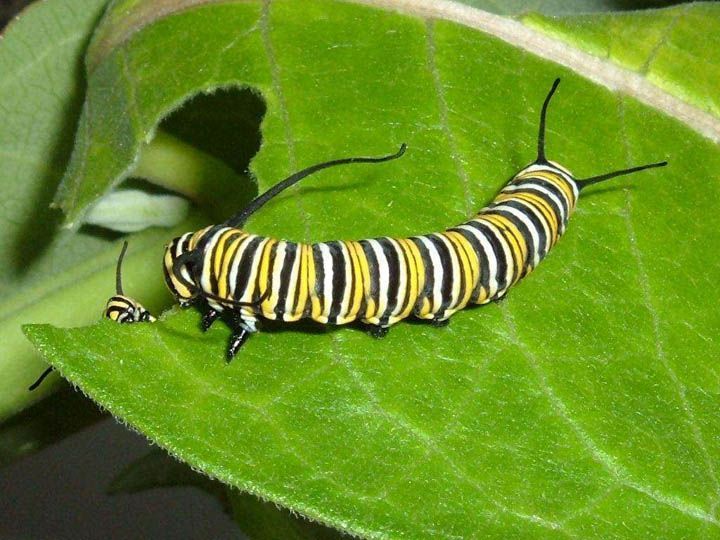Variation
Variation within a species The individuals in a species are not identical. Each one differs from all the others in many small ways.
There are two kinds of variation that occur in a species. They are continuous variation and discontinuous variation.
Continuous Variation
A feature that shows continuous variation may vary in only a small amount from one individual to the next, but when the variations of a number of individuals are compared they form a wide range. Examples include the range of values seen in heights or body masses.
Discontinuous Variation
A feature that shows discontinuous variation shows a small number of distinct conditions, such as being male or female, and having ear lobes or no ear lobes.
There is not a range of values between the two, as there is between a short person and a tall person, for example. However, there are very few examples of discontinuous variation in humans.
Causes of Variation
Environment
The environment can affect the features of a living organism. For example, if some seedlings of a plant are grown in the dark and some in the light, they will have different features.
Those grown in the dark will be tall, spindly and have yellow leaves, while those grown in the light will have shorter, firmer stems with larger leaves that are green.
Food
The food an animal eats often affects variation within the species. If the environment does not provide enough food, adult animals become thin and have a smaller body mass.
When pink flamingos do not eat enough shrimps their feathers become white.


